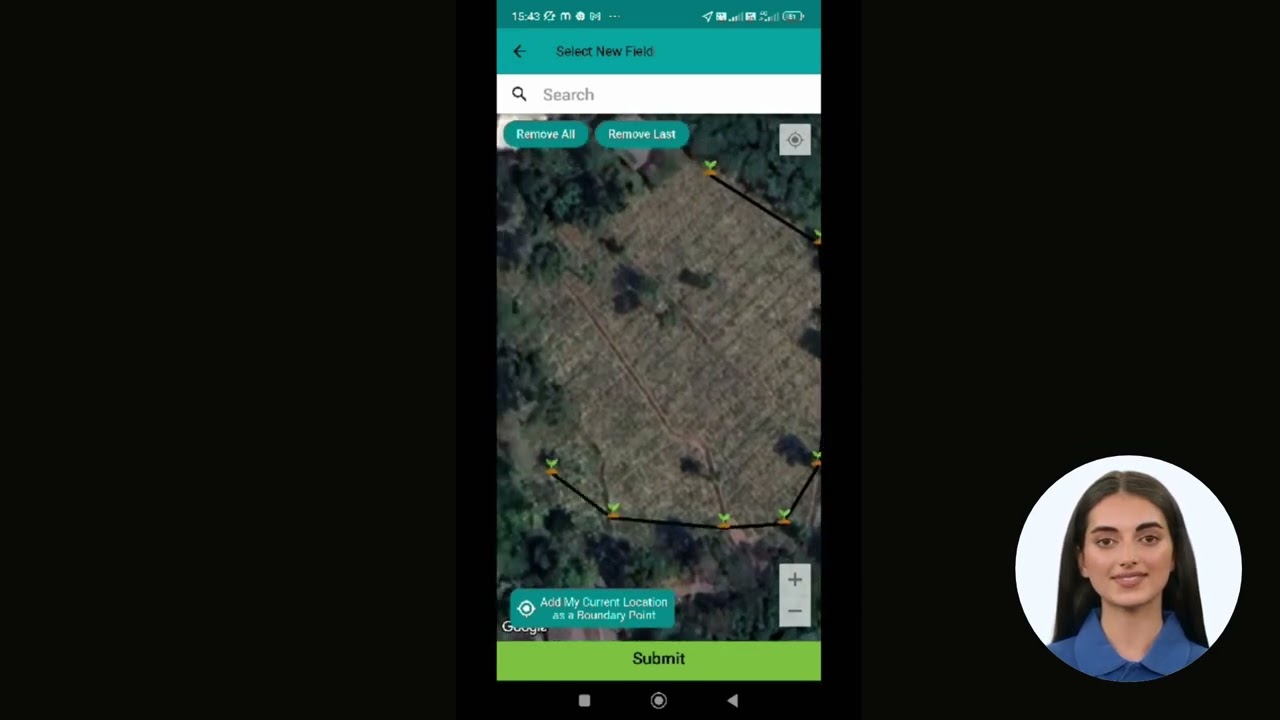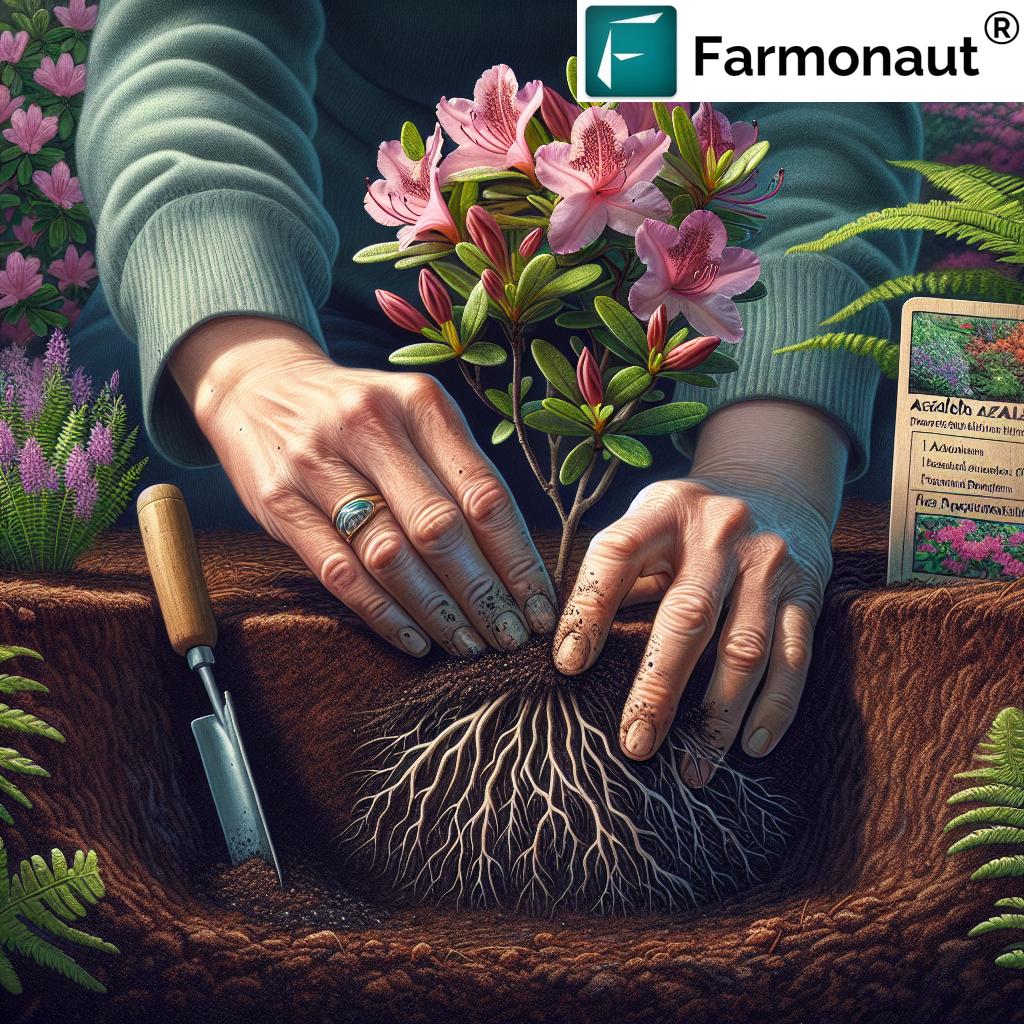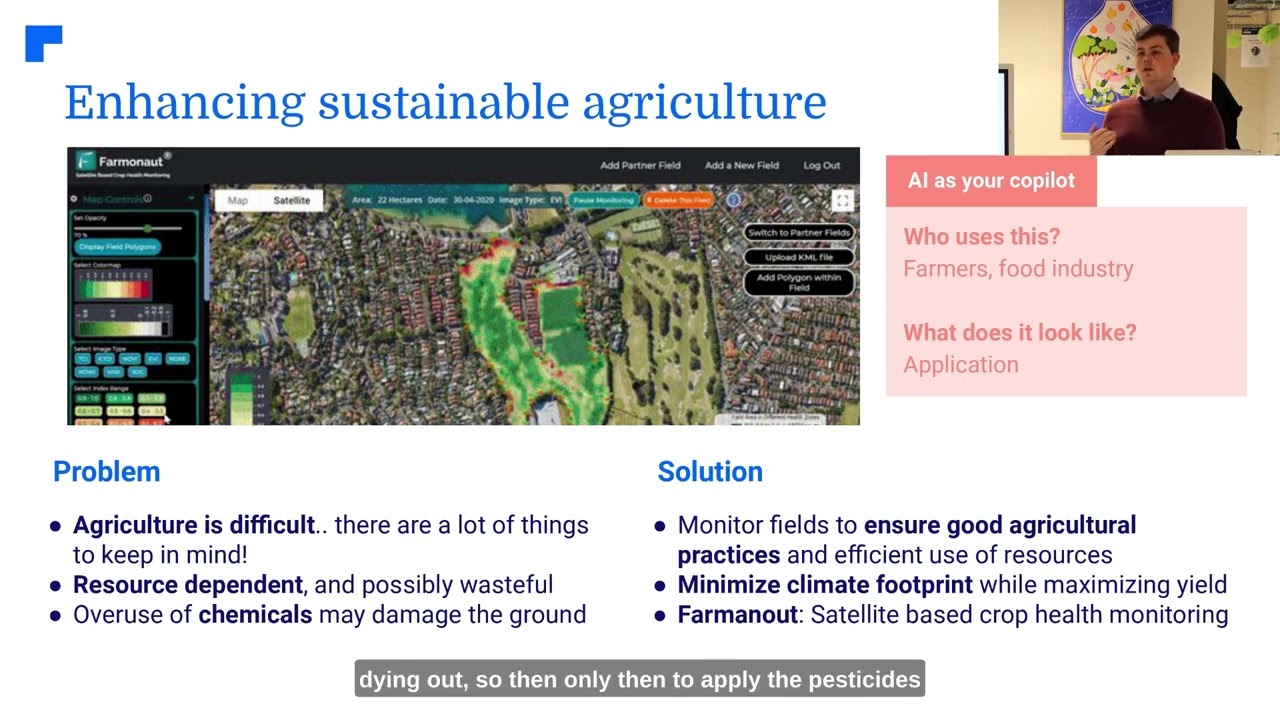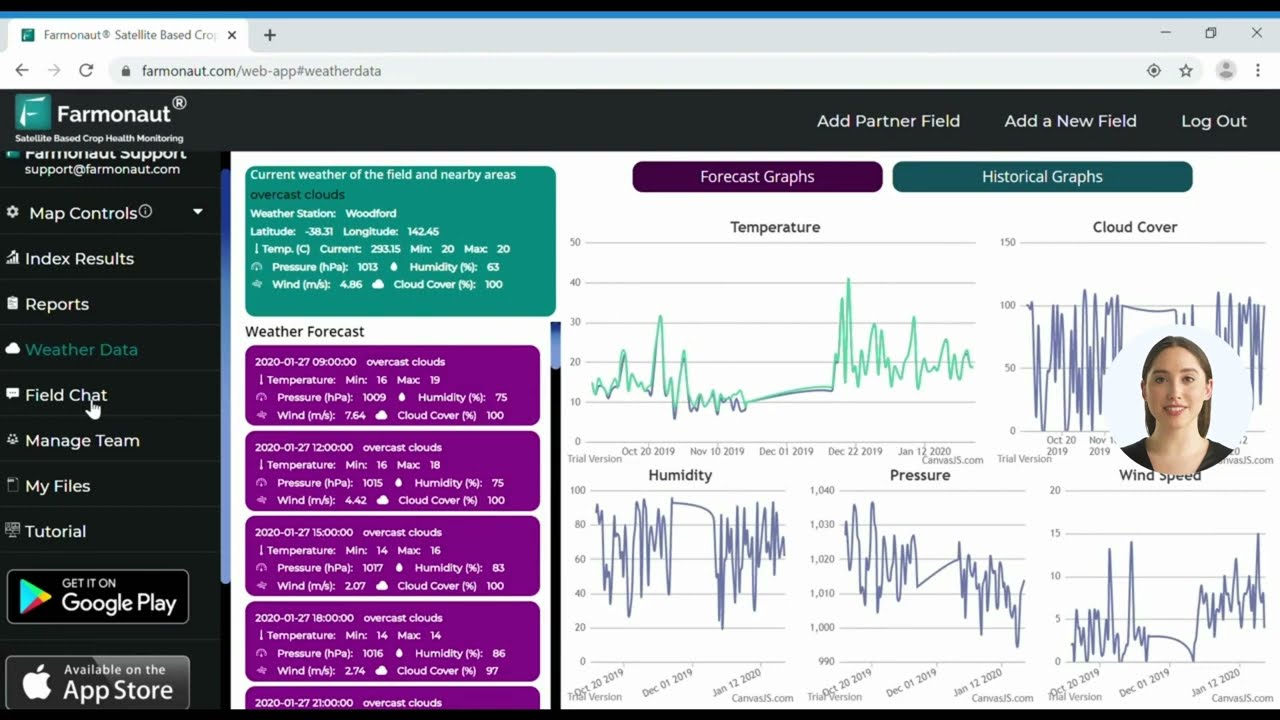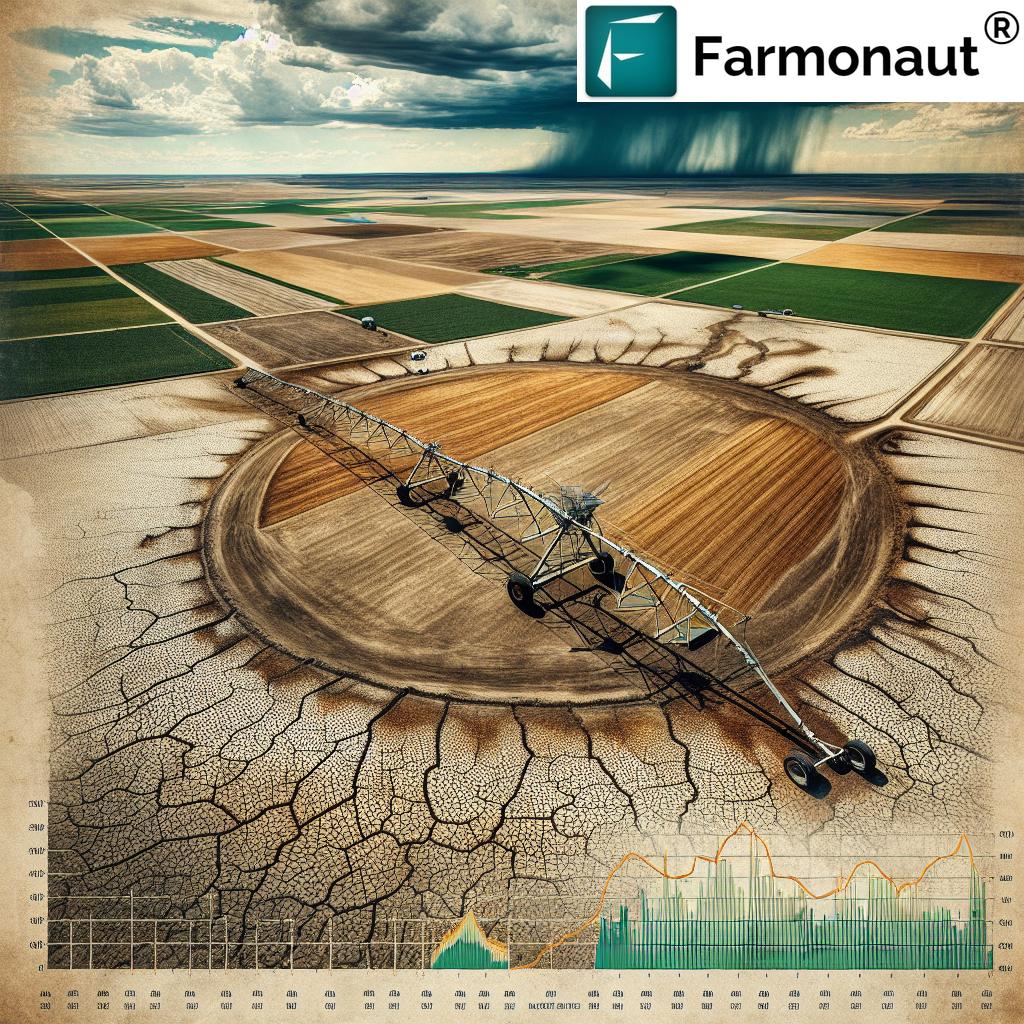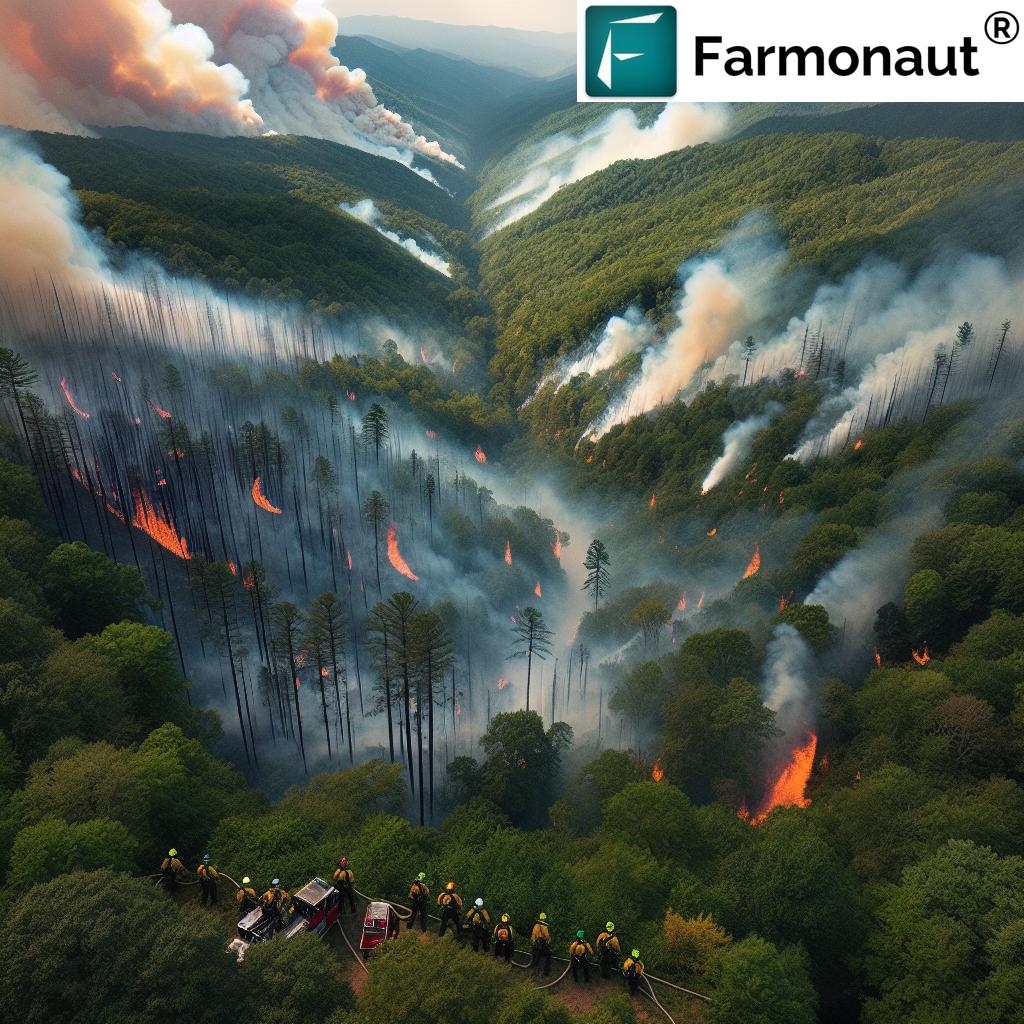Azalea Festival: 7 Key Tips for Vibrant Blooms in Washington
Are you ready to showcase unforgettable azalea blooms in your Washington home garden? The azalea festival washington at Landon School is an annual celebration of these stunning plants. While a dazzling array of annuals, perennials, vegetables, and herbs are featured, the azaleas undeniably steal the spotlight.
In this comprehensive gardening guide, we’ll walk through the essential tips for growing vibrant azaleas—from selecting the right azalea varieties, prepping the best soil for azaleas (especially in Washington’s challenging clay), to understanding azalea sunlight requirements, and using expert tricks to boost azalea bloom time from spring through fall.
Whether you’re a dedicated gardener, a festival visitor, or simply love the idea of bringing a touch of the festival to your backyard, follow along as we unlock all you need to achieve a breathtaking azalea display!
Azalea Festival Washington: Celebrating Blooms at Landon School
Every spring, gardeners across Washington anticipate the azalea festival washington at Landon School. The event isn’t just a chance to admire masses of vivid blossoms; it’s a unique opportunity to purchase exceptional azalea varieties, many native to our area and perfectly adapted to our climate.
- Time & Place: Landon School, Saturday and Sunday, 10 a.m. – 5 p.m.
- Stars of the Festival: Azaleas (including the locally loved Glenn Dale)
- Available Plants: Annuals, perennials, vegetables, herbs, and of course, a huge array of azaleas
Azaleas bring extraordinary color from spring through early summer, with some varieties even offering a second bloom in fall. Understanding the best ways to select, plant, and care for these plants will ensure that your garden’s display rivals that of the festival itself!
Top Azalea Varieties for Home Gardens in Washington
Selecting the right azalea varieties for home gardens in Washington makes all the difference when it comes to robust growth and mesmerizing, long-lasting blooms. With over 10,000 named varieties worldwide, we’re fortunate to have several types that flourish in the unique Washington climate. Let’s explore key groups:
1. Glenn Dale Azaleas (Native Azaleas for Washington Climate)
- Developed for the Mid-Atlantic region and thriving in local conditions, Glenn Dale azaleas are a festival highlight.
- Range from compact mounds (2–4 ft) to tall shrubs (up to 6 ft at maturity).
- Great for mass plantings, borders, and woodland gardens.
2. Encore Azaleas
- Unique for repeat-blooming habit—from late spring, with a remarkable “encore” in late summer and even fall.
- Dense, evergreen foliage and vibrant flowers in many shades.
3. Kurume Azaleas
- Compact Japanese hybrids, ideal for foundation plantings or container gardens.
- Typically bloom in April with dense clusters of vibrant flowers.
4. Deciduous Native Azaleas
- Drop their leaves in fall but produce scented, showy spring flowers.
- Attract pollinators and offer beautiful autumn foliage color.
5. Evergreen Indica Azaleas
- Bold blossoms in early spring, often used as eye-catching specimen plants.
- Many varieties suited for partial shade and woodland borders.
Best Soil For Azaleas & Preparing Clay Soil
For thriving, healthy plants, the best soil for azaleas is well-draining, rich in organic matter, and slightly acidic. Our area in Washington often has heavy, compacted clay soil, which needs preparing for best results. Here’s how we can ensure our azaleas have the perfect start:
- Soil pH: Target a pH between 4.5 and 6.0. Test before planting.
- Drainage: Azaleas hate soggy roots. To enhance drainage in clay, amend with pine fines (finely ground pine bark), which aerates the soil and fosters strong root growth.
- Organic Matter: Mix in leaf mold, composted bark, or peat moss to further boost nutrients and improve soil structure.
- Preparing Clay Soil for Plants: Break up clay with a garden fork, then blend in organic amendments. The soil must hold moisture but never stay wet.
- New Planting Bed: Dig a bed at least 2 feet deep and wide, especially if planting multiple azaleas. For single specimens, dig a hole twice as wide (but not deeper) than the container size.
With the right preparation, even challenging clay becomes a thriving home for azaleas!
How to Plant Azaleas: Step-by-Step Tips
Successful azalea planting tips help ensure your shrub takes root quickly and thrives for years. Follow these proven techniques:
- Pick the Right Site: Choose a location offering a balance of morning sunlight and afternoon shade. Avoid intense full sun or deep shade.
- Prepare the Planting Hole: Azaleas have shallow roots. Dig a hole twice as wide as the container, but only as deep as the root ball.
- Amend the Soil: Blend in pine fines, compost, and if your garden has clay soil, add extra organic matter.
- Plant Carefully: Gently loosen any circling roots before planting. Set the root ball so its top sits slightly above the surrounding ground to avoid sinking.
- Backfill and Water: Fill the hole with amended soil, pressing gently. Water deeply to remove air pockets.
- Mulch: Add a 2–3 inch layer of pine bark, pine needles, or leaf mulch, keeping it a few inches from the stem.
- Space Properly: Small mounding azaleas mature at 2–4 feet. Glenn Dale types may reach up to 6 feet. Allow ample room for air circulation and future growth.
Starting right is key to resilient shrubs and magnificent blooms!
Azalea Sunlight Requirements: Light for Lush Blossoms
Understanding azalea sunlight requirements is crucial for long-term vigor and vibrant azalea bloom time:
- Azaleas love filtered light, not extremes. Ideal conditions? Dappled sunlight or light shade.
- Morning Sun, Afternoon Shade: The classic sweet spot for lush blossoms.
- Avoid: Prolonged midday sun (leads to burnt leaves) and deep shade (promotes poor flowering).
- Tip: Use taller trees or shrubs as shelter, or plant east/northeast of your home or fence.
- Indoor Azaleas: If growing inside, a bright window with indirect light is best.
By ensuring the right sunlight balance, our azaleas gain both vigor and enhanced bloom displays year after year.
Azalea Bloom Time: Boosting Blossoms from Spring to Fall
How long will your azaleas stay in bloom? When can you expect these dazzling displays, and how do we extend the azalea bloom time into late summer or even fall? Our guide:
- Primary Bloom: Most azaleas flower in spring for 2-3 weeks, depending on weather, variety, and sunlight.
- Encore & Reblooming Varieties: Some types, like Encore azaleas, add a second or even third bloom in late summer or fall.
- Fertilizer: Use a controlled-release, acid-loving plant food in early spring. Overfeeding reduces blooms.
- Deadheading Buds: Remove faded blossoms quickly, preventing energy waste and stimulating new bud formation.
- Pruning: Prune immediately after bloom ends. Avoid late summer/fall pruning since next year’s buds form soon after flowering.
- Watering: Deep, consistent moisture during bloom season is essential.
By following these expert strategies, you’ll maximize both the number and duration of your azalea’s splendid blooms.
Enhance Garden Sustainability and Efficiency
- Monitor and Reduce Your Garden’s Carbon Footprint: Learn how you can track and minimize the environmental impact of your gardens or larger farms with Farmonaut’s Carbon Footprinting Solution. Gain real-time emission insights and make eco-friendly decisions!
- Ensure Plant Origin Traceability: For garden centers or small-scale producers interested in supply chain transparency, see Farmonaut’s blockchain-based traceability platform.
- Optimize Large Landscape and Garden Management: If you manage larger properties or communal green spaces, discover Farmonaut’s admin app for large-scale farm and landscape management.
- Crop Loan and Insurance Verifications: Secure financing and insurance for your garden or horticulture project using Farmonaut’s satellite-based verification solutions.
- Efficient Resource Management: For professional landscapers, Farmonaut offers fleet and resource management tools—making logistics and operation a breeze!
- API Integration for Developers: Access powerful, real-time satellite crop and weather data for integrating into your own garden management apps with the Farmonaut API and Developer Documentation.
Perennials and Annuals for Shade: Perfect Companions for Azaleas
Azaleas love company—and pairing your shrubs with compatible annuals and perennials for shade enhances beauty and biodiversity. Here are our favorites:
- Hostas: Lush foliage thrives in partial shade, providing a textural contrast to azalea fl owers.
- Ferns: Add elegant greenery and natural mulching, ideal beneath taller azaleas.
- Lungwort (Pulmonaria): Spotted leaves and pink-blue blossoms light up shaded gardens.
- Astilbe: Feathery plumes in summer, excellent for moist, shady corners.
- Impatiens: Classic annuals for color in moist, dappled sunlight.
- Spring Bulbs: Daffodils and bluebells appear early, before azaleas leaf out.
By crafting layers of interest, we not only cover bare soil but also support healthy, disease-resistant gardens.
Comparison Table of Azalea Varieties and Care Requirements
| Variety Name | Bloom Color | Blooming Season | Sunlight Needs | Ideal Soil Type | Estimated Mature Height | Special Care Tips |
|---|---|---|---|---|---|---|
| Glenn Dale | Pink, Red, White, Purple | Spring | Partial Shade (4–6 hours) | Acidic, amended clay (pH 5.5–6.0) | 2–6 ft | Prune after bloom, space for air flow |
| Encore | Red, Pink, White, Orange | Spring, Late Summer, Fall | Light Sun to Partial Shade | Moist, well-drained; pH 5.5–6.0 | 2–4 ft | Rebloom with summer feeding |
| Kurume | Magenta, White, Pink | Spring | Partial Shade | Well-drained, organic-rich | 2–3 ft | Good for containers |
| ‘Northern Hi-Lights’ | White/Yellow | Late Spring | Morning Sun, Afternoon Shade | Acidic, moist but well-drained | 4–5 ft | Deciduous native; fragrant |
| Girard’s Fuchsia | Deep Fuchsia-Purple | Spring | Partial Shade | Humus-rich, acidic | 2–4 ft | Excellent mildew resistance |
| Indica | Pink, Red, Violet | Early Spring | Dappled Sun | Loamy, acidic | 3–8 ft | Protect from wind/cold |
Farmonaut: Transforming Farming in the Digital Age
Farmonaut is leading a new era in agriculture and gardening with advanced, satellite-based farm management solutions. Even home gardeners and horticultural pros can benefit from state-of-the-art technologies once reserved solely for large-scale farms.
- Real-time satellite crop monitoring: Observe plant health, soil moisture, and stress factors effortlessly—even for your garden azaleas!
- Jeevn AI-based Advisory: Get smart, data-driven care tips tailored for the season, weather, and your garden’s microclimate.
- Fleet & Resource Management: Ideal for community gardens or landscaping companies aiming for efficiency.
- Blockchain-based Traceability: Trace every plant from garden bed to showcase event, enhancing transparency and trust in horticultural sales.
- Carbon Footprinting: Gauge garden sustainability and make eco-conscious improvements (Discover Farmonaut Carbon Footprinting).
- Flexible App & API: Farmonaut is available via web/browser, Android, iOS apps, and open API (see developer docs).
Farmonaut Subscriptions: Affordable Precision Agriculture for All
Frequently Asked Questions
What is the best soil for azaleas in Washington?
The best soil for azaleas in Washington is well-draining, organically enriched, and acidic (pH 4.5–6.0). Clay-heavy areas need amendment with pine fines and compost to improve drainage and aeration.
How much sunlight do azaleas need?
Azalea sunlight requirements are best met with dappled light or morning sun and afternoon shade. Avoid harsh midday sun or full shade.
How do you plant azaleas in clay soil?
For planting azaleas in clay, dig wide (but shallow) holes, enrich with pine bark fines or leaf mold, and ensure roots sit atop a mound for drainage.
When do azaleas bloom?
Most azaleas bloom primarily in spring for about 2–3 weeks. Encore and some new varieties offer summer and fall reblooms.
Can I grow vegetables and herbs near azaleas?
Yes, as long as you meet their unique soil and light needs. Herbs and some shade-tolerant vegetables can grow alongside azaleas in acidic, well-drained soil.
What are the best azalea varieties for my home garden?
Glenn Dale, Encore, Kurmume, Indica, and native deciduous types all thrive in the Washington area, depending on your sunlight, soil, and design goals.
Is Farmonaut an online store or azalea seller?
No. Farmonaut is an advanced technology platform that supplies satellite-based precision agriculture, crop monitoring, and management solutions via apps and API—but does not sell plants or farm inputs.
Conclusion: Let Washington’s Azaleas Transform Your Garden
The Azalea Festival Washington at Landon School is a vibrant celebration of nature, community, and floral beauty. By choosing proper azalea varieties, preparing the best soil for azaleas, meeting azalea sunlight requirements, and following expert azalea planting tips, we can create spectacular displays of color and life in our home gardens—season after season.
For a smarter, more sustainable gardening experience, explore Farmonaut’s technology platform for real-time data, AI-driven advice, and powerful management tools. Happy azalea gardening—may your blooms be ever vibrant!
To access Farmonaut’s features, choose your preferred app below:
Grow smarter. Grow sustainable. Grow with vibrant azaleas in Washington!






